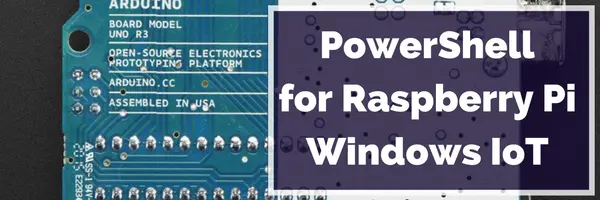Working out Select-Object with Calculated Properties
Hi all,
Continue Reading...Going on air!
Going on air!
Continue Reading...Article you should read: 'Play the Angel's Advocate' by Don Jones
In hindsight this attitude could have helped me to design better solutions for my clients. I’ll keep this in mind for the future.
Continue Reading...SCCM: Dealing with an out of sync child primary
Hi all,
Continue Reading...Desired State Configuration - What it is and why you should care
f you've been following Microsoft management news, you've no doubt heard of Desired State Configuration. You might be wondering what it is. Continue Reading...
Nomad Question : How do I push content out ahead of an advertisement?
Hi all,
Continue Reading...











